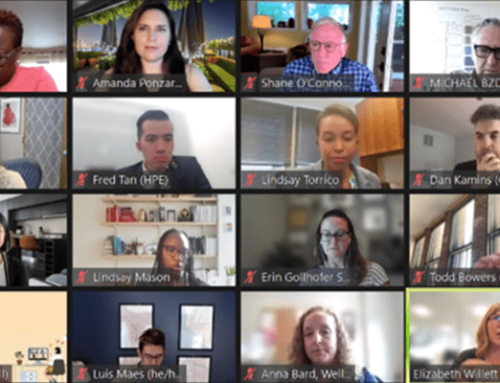Trends to Watch in 2022: Corporate Environmental, Social & Governance
Our team has conversations every day with companies looking to grow their social and environmental impact and reduce potential risks. We’ve compiled the following five ESG trends to watch – and get ahead of – based on those conversations and the expertise of our Uplift experts.
In 2022, when it comes to corporate social change and sustainability, we believe companies will focus increasingly on shifting from external-facing actions to internal actions that ensure companies are walking the talk.
Specifically:
- Companies will begin to move from siloed, departmental approaches to integrated, centralized ESG structures.
In a well-intentioned effort to “start somewhere,” many companies began their ESG work focusing either primarily on the social impact side or on the environmental side through departmental approaches. In 2022, companies should increasingly work across business units to develop an integrated ESG strategy and a centralized infrastructure to set goals, develop strategies, and measure progress.
2. Businesses must move from focusing on public statements and making donations around equity to an inside-out approach to advancing equity through every aspect of the company.
Following the racial reckoning movement in the summer of 2020, companies quickly issued statements and deployed resources to try to advance equity nationwide and in local communities. In 2022, companies should increase their focus on ensuring alignment between what they support publicly and their business practices related to both explicit and implicit bias. Specifically, using an equity lens to assess the business processes in areas including, but not limited to, hiring, product development, marketing, grantmaking, and investments.
3. Companies gain more credible outcomes by moving from working for stakeholders to working with stakeholders in a more participatory and collaborative approach.
Listening to stakeholder expectations and considering their perspectives isn’t just a nice thing to do but is a growing imperative. Rather than making assumptions about what stakeholders need and want, businesses should begin to enroll stakeholders in business processes using participatory approaches; from participatory grantmaking and budgeting to consumer advisory committees, businesses will increase stakeholder collaboration to get ahead of pressing issues, including ESG.
4. Companies will push to have deeper insight into the environmental and human rights impacts of their supply chains
Supply chain disruption, government legislation and resource scarcity have forced companies to increase visibility into their supply chains in a new way with a new urgency. Prompting more companies to map where materials are coming from and evaluate the risks of current operating structures. While, historically, supply chain has been one of the last things companies think about in their ESG processes, 2022 will be a direct response to 2020 and 2021’s supply chain disruption to prevent further challenges and mitigate risks. This will include increased knowledge of supply chain impacts, holding vendors to higher accountability, and a new understanding of human rights and social, environmental, and gender issues within supply chains.
5. More companies will begin treating carbon emissions tracking and disclosure as a core risk mitigation strategy.
Following substantial criticism for lack of progress at this year’s UN Climate Change Conference in Glasgow (COP26), businesses are under even greater pressure to lead on climate actions in 2022. An increasing number of countries are now requiring publicly-traded companies to disclose their annual carbon emissions. In the U.S., we are seeing early attempts to mandate greenhouse emission disclosures and the Biden administration is now requiring federal agencies to analyze and mitigate climate risks. In addition, the SEC is working to require carbon disclosures for public companies. This year, companies will try to get ahead of the curve by proactively getting their infrastructure in place for these anticipated disclosure requirements.
At the same time, companies are increasingly coming at ESG from a risk standpoint. According to an annual survey from the World Economic Forum, business leaders worldwide identify environmental and climate issues as their biggest risks. As a result, companies are starting to reframe their approach to environmental issues to both adapt and mitigate risks.
Reprinted with Permission by Uplift. Uplift is a social change, sustainability and communications agency. Through innovative environmental, social impact, human rights, supply chain responsibility and equity strategies, we help companies be a force for good in our world.
ESG: Research – Strategy – Implementation – Reporting – Communications & PR Learn more at www.theupliftagency.com








